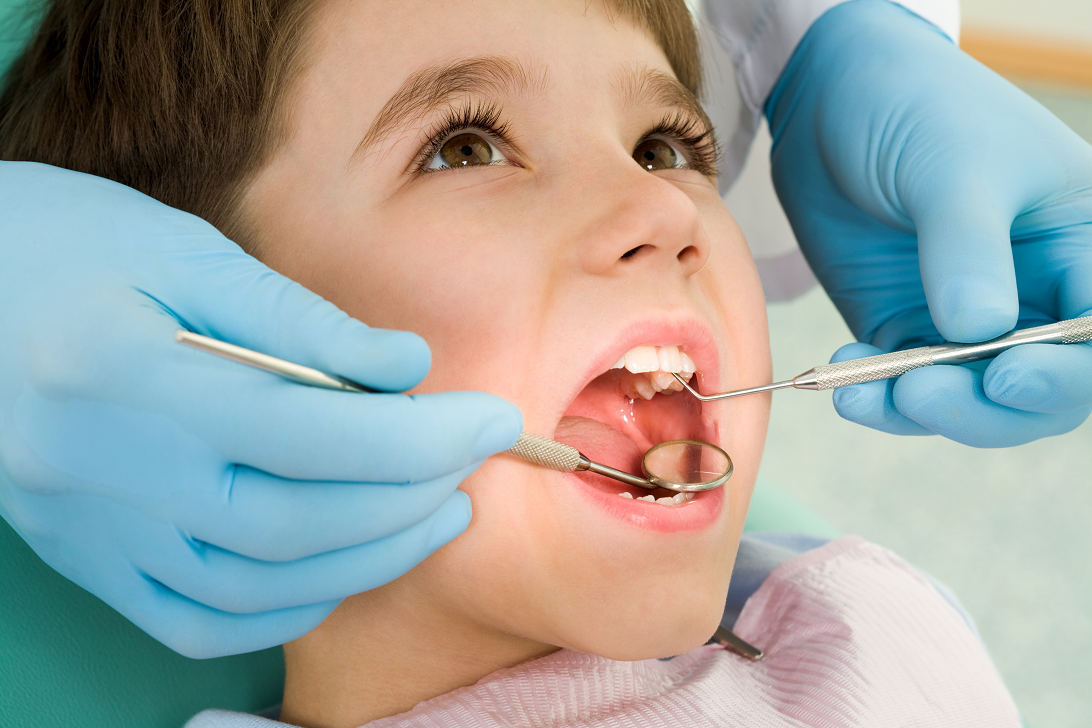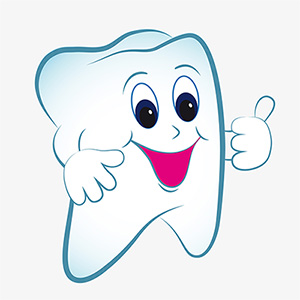Dental sealants are thin coatings applied to molars to help prevent cavities. Since molars are rough, uneven, and full of nooks and crannies, it’s easy for cavity-causing bacteria to get stuck in the crevices. Sealants fill in the crevasses to keep bacteria out. The process is quick, painless and an effective way to improve cavity prevention in children.
At what age are dental sealants most effective?
Studies have shown that children ages 6-11 without sealants are 3 times more likely to have cavities in 1st molars. Dental sealants are most effective when applied shortly after permanent molars form, around age 6 for 1st molars and age 12 for 2nd molars. As children learn and adopt good oral hygiene, sealants can provide an extra layer of protection from tooth decay.

How long do dental sealants last?
Sealants can last for many years before they need to be reapplied. Once applied, they can protect against 80% of cavities for up to 2 years and 50% of cavities for up to 4 years. Your dentist will check the condition of the sealants during regular dental checkups and reapply when needed.
Should my child get dental sealants?
Sealants are safe and effective at preventing tooth decay and cavities. There are no known side effects from applying sealants, so the risks are minimum. If you or your child has known allergies it is important to discuss those with your dentist. It is recommended that children receive sealants between ages 6-11, soon after permanent molars develop. Sealing children’s teeth as soon as they form can provide the most protection, which saves money and time in the long run.

Did you know?
Are sealants and fillings the same?
While dental fillings restore teeth that have been damaged by tooth decay and cavities, sealants are commonly used in pediatric dentistry for protection. In combination with brushing, flossing and good oral hygiene, sealants can help prevent tooth decay and cavities.
How are dental sealants applied?
First, your dentist will clean and dry your mouth. Next, an acidic gel is applied to the top of the molar to create a rough surface so the sealant will bond to the tooth. The gel is then removed, the tooth is dried, and the sealant is painted on the surface of the tooth. Lastly, a blue light is used to cure the sealant.
Do adults need dental sealants?
Although dental sealants are more commonly applied to children, adults can also benefit from them. Your dentist can decide if sealants are a good option for you and your dental health.
Practicing good oral hygiene, including brushing and flossing daily, is the best way to prevent tooth decay. Sealants can act as a second layer of protection against fighting cavities by preventing bacteria from harvesting in the crevasses of the tooth’s surface. It’s also important for children to see a pediatric dentist regularly for cleanings and checkups.
